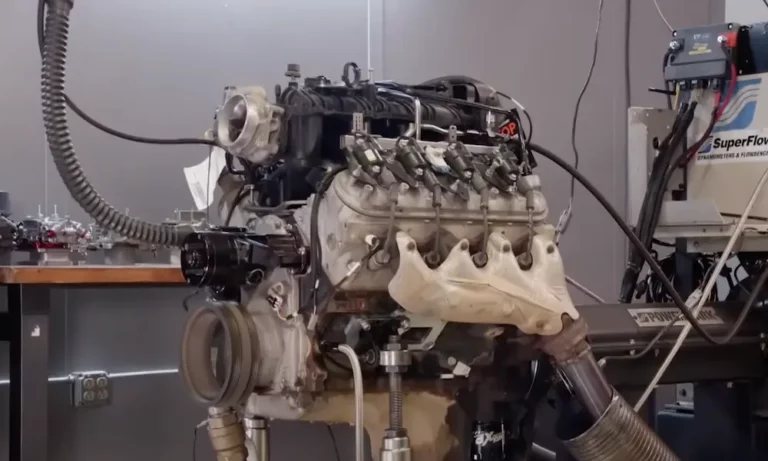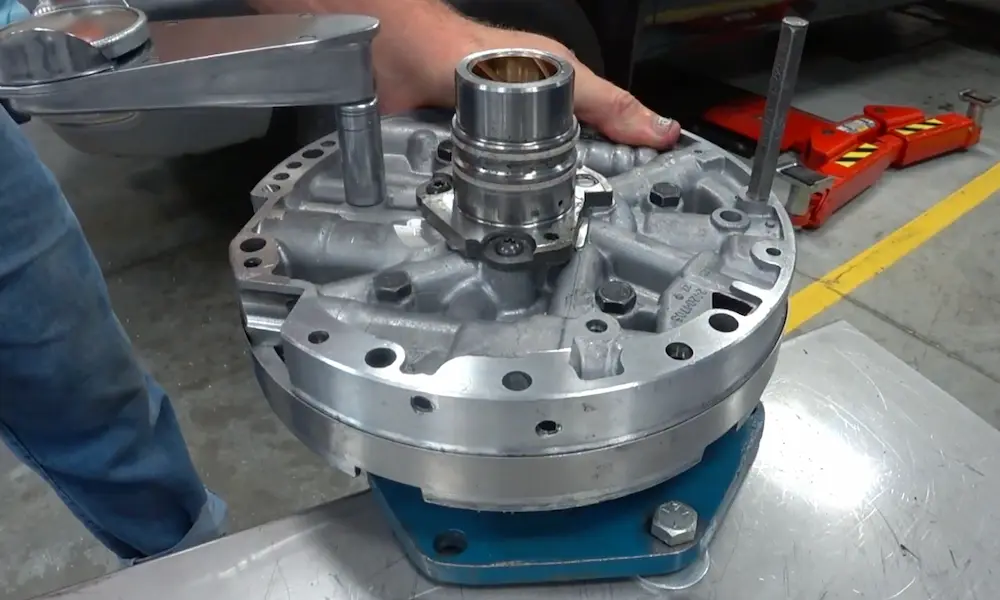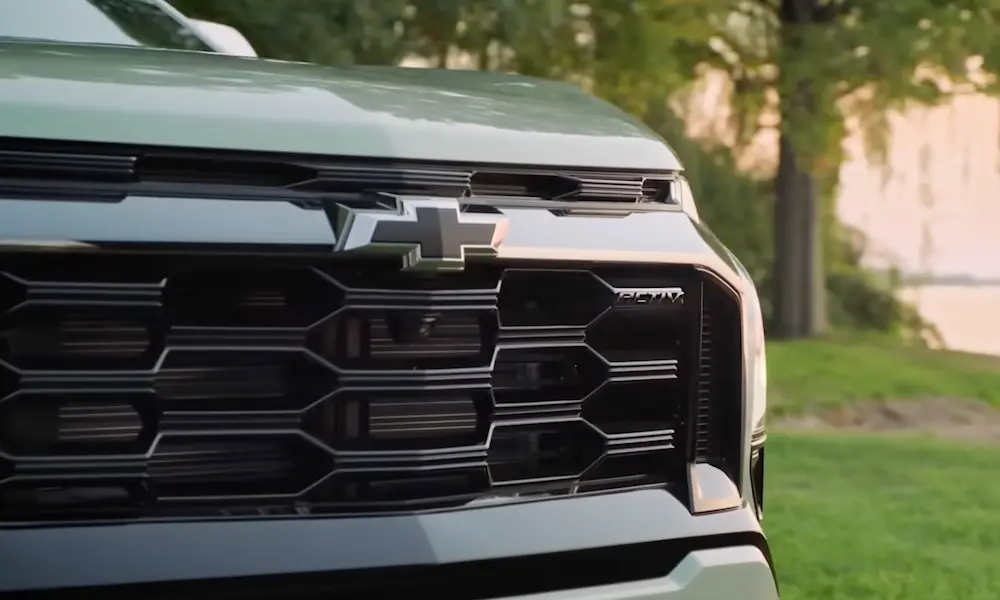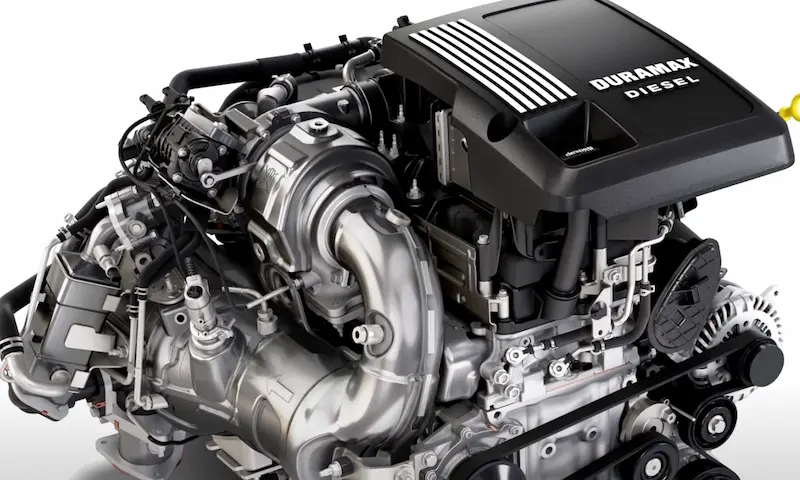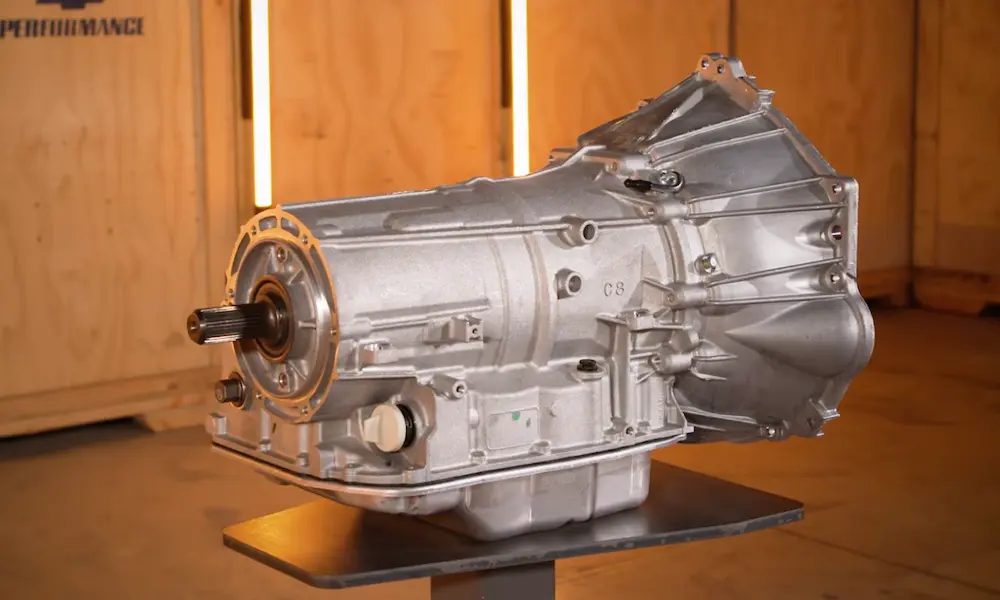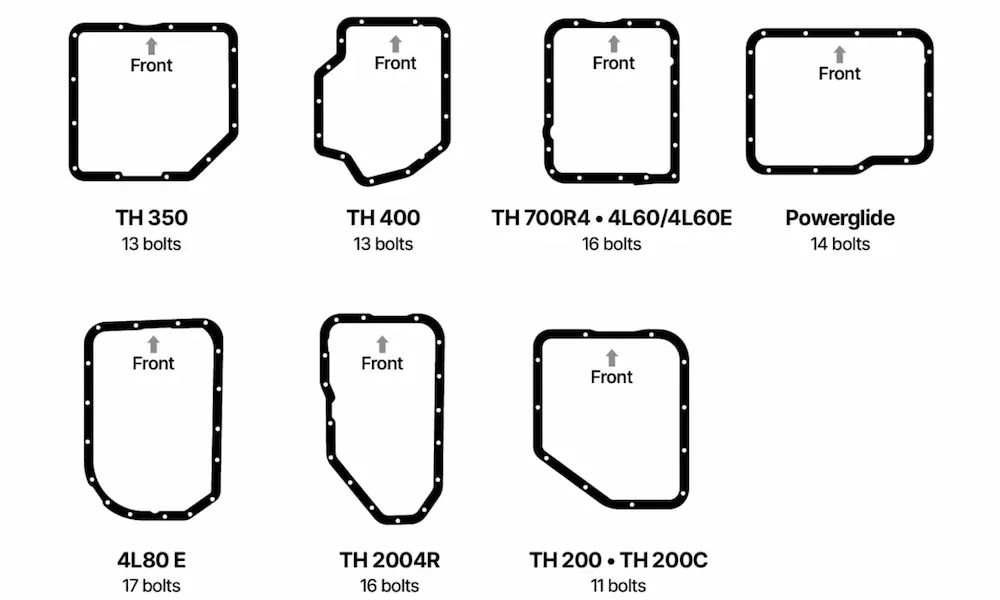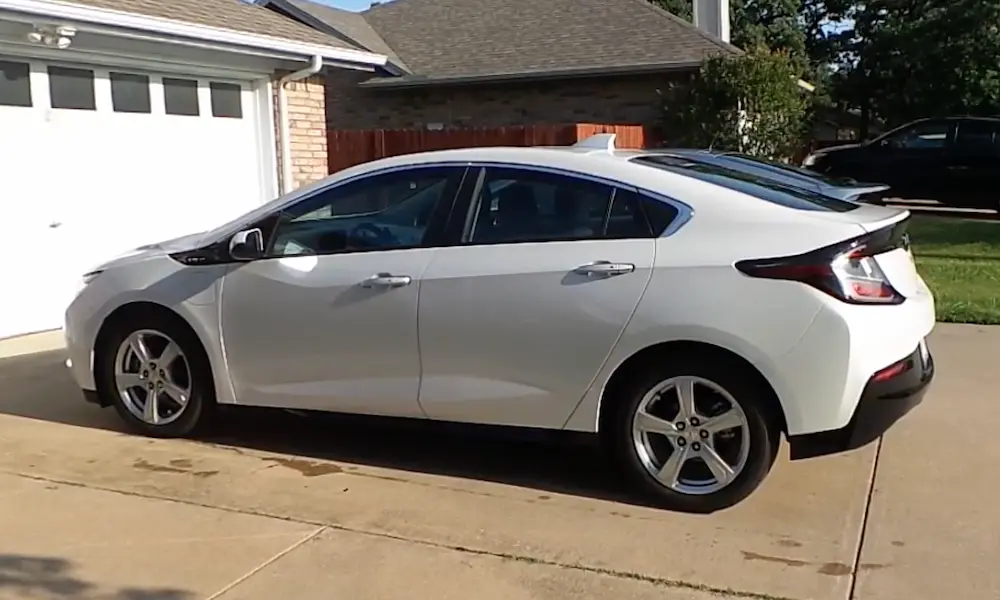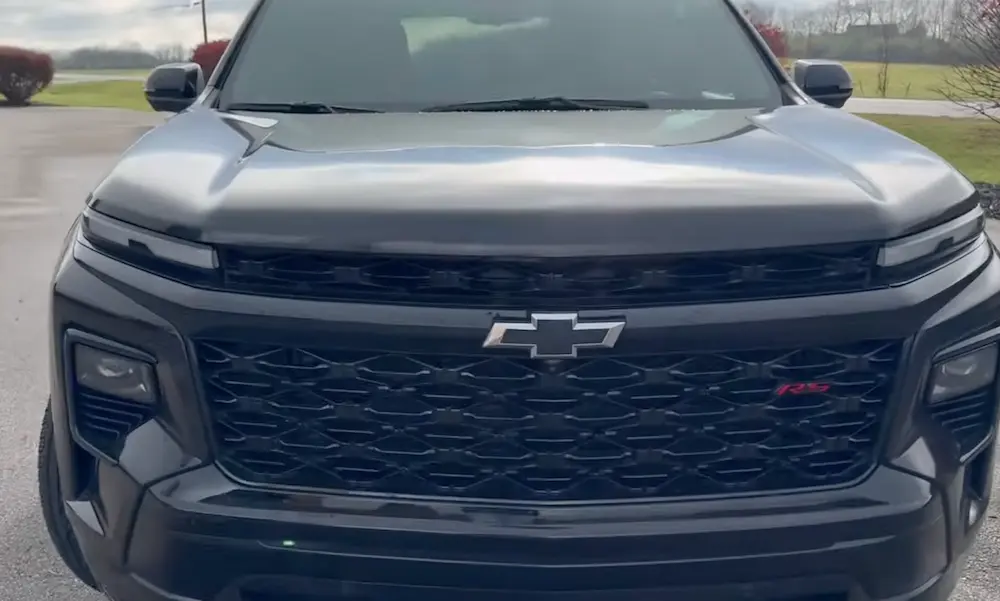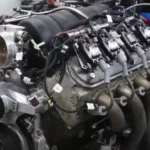Ever wondered what makes the 5.3L LS one of the most beloved engines in the automotive world? Whether you’re planning an engine swap, looking to boost performance, or just curious about what powers millions of GM trucks and SUVs, you’re in the right place.
The 5.3L LS has earned its reputation as a reliable, powerful, and incredibly versatile engine that responds exceptionally well to modifications. Let’s dive into what makes this powerplant so special.
The 5.3 LS Engine Basics
The 5.3L LS is part of General Motors’ legendary LS engine family. With a displacement of 325 cubic inches, this V8 has become the backbone of GM’s truck and SUV lineup for over two decades.
The engine features a 90-degree V configuration with a bore of 3.780 inches and a stroke of 3.622 inches. This setup creates the perfect balance of torque and horsepower that’s made the 5.3L so popular across multiple applications.
What’s truly impressive is the engine’s overhead valve (OHV) design with two valves per cylinder, giving it a simpler and more compact layout than many competitors.
Key Specifications and Dimensions
When talking about 5.3 LS engine specs, it’s important to understand the physical characteristics that make this engine special:
| Specification | Measurement |
|---|---|
| Displacement | 325 cubic inches (5.3 liters) |
| Bore | 3.780 inches |
| Stroke | 3.622 inches |
| Block Configuration | 90-degree V8 |
| Valvetrain | OHV (2 valves per cylinder) |
| Typical Weight (iron block) | 440-460 pounds |
| Typical Weight (aluminum block) | 360-380 pounds |
| Height | 34.0 inches |
| Length | 30.0 inches |
| Width | 24.0 inches |
These compact dimensions help explain why the 5.3L has become such a popular choice for engine swaps. Its relatively small footprint allows it to fit in a variety of vehicles that weren’t originally designed for modern V8 power.
5.3 LS Engine Variants: Iron vs. Aluminum
One of the most significant distinctions within the 5.3L family is the block material. GM produced both iron and aluminum block versions, each with their own advantages.
Iron Block Variants
The iron block 5.3L engines (primarily the LM7) were workhorses in GM trucks and SUVs from 1999-2007. These engines are prized for their exceptional strength and durability, especially when pushed to high power levels.
Key benefits of iron block 5.3L engines:
- Superior strength for high-boost applications
- Better heat retention (helpful in cold climates)
- Typically less expensive in the used market
- Can handle significant power increases with minimal reinforcement
The main downside? An iron block weighs approximately 80-100 pounds more than its aluminum counterpart, which impacts vehicle weight distribution and fuel economy.
Aluminum Block Variants
The aluminum block versions (including the LM4 and L84) offer a significant weight reduction while maintaining impressive performance. They’re commonly found in higher-end trucks, SUVs, and some passenger car applications.
Advantages of aluminum block 5.3L engines:
- Significantly lighter (approximately 360-380 pounds total)
- Better heat dissipation
- Improved fuel economy in vehicle applications
- Often paired with higher-end features and components
While aluminum blocks might not handle extreme boost as readily as iron blocks, they’re still incredibly capable engines that respond well to performance modifications.
Factory Power Ratings Across Generations
The 5.3L LS has evolved considerably over its production run, with each generation bringing refinements and power increases. Here’s how the factory ratings progressed:
Gen III (1999-2007)
- LM7 (iron block): 270-300 horsepower, 315-335 lb-ft torque
- LM4 (aluminum block): 290-310 horsepower, 325-340 lb-ft torque
Gen IV (2005-2014)
- LS4 (aluminum block): 303 horsepower, 323 lb-ft torque
- L59/LM7 with updated components: 295-315 horsepower, 335-350 lb-ft torque
Gen V (2014-Present)
- L83/L84: Up to 355 horsepower at 5,600 RPM and 383 lb-ft of torque at 4,100 RPM
What’s remarkable is how the 5.3L maintained its reputation for reliability even as power increased. The latest generation L84 features direct injection, variable valve timing, and Dynamic Fuel Management, representing the most advanced 5.3L yet.
Common 5.3 LS Applications
The versatility of the 5.3L LS is evident in the wide range of vehicles that used this engine:
Trucks
- Chevrolet Silverado 1500
- GMC Sierra 1500
SUVs
- Chevrolet Tahoe/Suburban
- GMC Yukon/Yukon XL
- Cadillac Escalade (early generations)
Passenger Cars (LS4 variant)
- Pontiac Grand Prix GXP
- Chevrolet Impala SS
- Chevrolet Monte Carlo SS
- Buick LaCrosse Super
This wide application across the GM lineup means that finding a donor engine for a project is relatively easy and affordable—one of the key factors in the 5.3L’s popularity for engine swaps.
Performance Potential and Modifications
While the factory 5.3 LS engine specs are respectable, what truly sets this engine apart is how it responds to modifications. Few engines offer the same bang-for-buck when it comes to performance upgrades.
Naturally Aspirated Potential
With the right combination of bolt-on parts and internal modifications, a 5.3L LS can produce impressive power without forced induction. One documented build achieved over 500 horsepower naturally aspirated, featuring:
- Stock iron block and cast crank
- Production rods with upgraded rod bolts
- Performance pistons with proper ring gap
- Aftermarket cylinder heads
- Aggressive camshaft profile
- Upgraded intake manifold and throttle body
- Long-tube headers and free-flowing exhaust
This level of performance is achievable with a reasonable budget, making the 5.3L an excellent choice for enthusiasts looking for affordable power.
Forced Induction Capabilities
Where the 5.3L truly shines is with forced induction. The robust bottom end of these engines—particularly the iron block variants—can handle significant boost with minimal modifications.
With a turbocharger or supercharger kit, even a mostly stock 5.3L can safely produce:
- 450-500 horsepower with 6-8 psi of boost
- 550-600+ horsepower with 10-12 psi and supporting mods
- 700+ horsepower with upgraded internals and higher boost
The strength of the stock components makes the 5.3L an ideal candidate for power adders, and countless enthusiasts have pushed these engines well beyond their factory ratings.
Component Construction and Design Features
The 5.3L LS engine’s excellent performance potential stems from its robust component design:
Block Features
- Deep-skirt design for rigidity
- Cross-bolted main caps on most variants
- Siamesed cylinder bores for strength
- Excellent cooling passages
Rotating Assembly
- Cast nodular iron crankshaft
- Forged powdered metal connecting rods
- Hypereutectic aluminum pistons (stock)
- Floating wrist pins
Valvetrain Components
- Cast aluminum cylinder heads
- 2.00″ intake valves and 1.55″ exhaust valves (typical)
- 1.7:1 rocker arm ratio
- Hydraulic roller lifters
- Timing chain-driven camshaft
This construction provides an excellent balance of strength, weight, and cost-effectiveness, which is why 5.3L engines often exceed 200,000 miles with proper maintenance.
Modern 5.3 LS Technologies
The current generation (Gen V) 5.3L engines incorporate advanced technologies that improve both performance and efficiency:
Direct Injection
Unlike earlier port-injected variants, modern 5.3L engines use direct injection technology that sprays fuel directly into the combustion chamber. This provides better fuel atomization, improved combustion efficiency, and reduced emissions.
Variable Valve Timing
The L83/L84 variants feature variable valve timing that allows the engine to adjust camshaft timing based on operating conditions. This technology provides better low-end torque while improving high-RPM performance.
Dynamic Fuel Management
The L84 features Dynamic Fuel Management (DFM), an advanced cylinder deactivation system that can shut down any combination of cylinders depending on power demands. This technology significantly improves fuel economy during light-load driving.
Active Fuel Management
Earlier Gen IV engines used Active Fuel Management (AFM), which could deactivate four cylinders during cruising conditions. While less sophisticated than DFM, this system still provided notable fuel economy improvements.
These technologies have allowed the 5.3L to remain competitive in terms of both power and efficiency, despite its traditional pushrod design.
Common Issues and Reliability Concerns
While the 5.3L LS is known for its durability, there are some known issues that owners should be aware of:
Oil Consumption
Some 5.3L engines, particularly those with Active Fuel Management in the 2007-2013 range, can experience oil consumption issues. This is often related to the AFM system and its effect on piston ring sealing.
Solutions include:
- Installing an AFM disabler
- Upgrading to non-AFM lifters and camshaft
- Using higher-quality synthetic oil
Timing Chain Wear
On higher-mileage engines, timing chain stretch and wear can become an issue. Symptoms include chain rattle on startup and possible check engine lights related to camshaft timing.
Prevention centers around:
- Regular oil changes with quality oil
- Addressing any oil pressure issues promptly
- Listening for chain rattle on cold starts
Lifter Failures
Particularly in AFM-equipped engines, lifter failures can occur. The AFM lifters have more complex internal components that can wear or fail over time.
To mitigate this risk:
- Consider converting to non-AFM lifters during rebuilds
- Listen for valve train noise, which often precedes failure
- Maintain proper oil change intervals
Despite these concerns, the 5.3L LS remains one of the most reliable modern V8 engines, with many examples exceeding 250,000 miles with basic maintenance.
Engine Swap Considerations
The 5.3L LS has become one of the most popular engines for swaps, thanks to its combination of power, reliability, and affordability. If you’re considering a 5.3L for your project, keep these factors in mind:
Physical Dimensions
With dimensions of approximately 34.0″ height × 30.0″ length × 24.0″ width, the 5.3L can fit into a wide range of engine bays. However, accessory placement and header clearance should be carefully considered.
Transmission Compatibility
The 5.3L works well with:
- 4L60E/4L65E/4L80E automatic transmissions
- T56/TR6060 manual transmissions
- Many aftermarket transmission options
Electronics and Fuel System
You’ll need to address:
- ECU and wiring harness (factory or aftermarket)
- Fuel system capable of at least 58 psi for port injection, higher for direct injection
- Cooling system with adequate capacity
Mount Considerations
The 5.3L uses the same mount pattern as other LS engines, making conversion mounts readily available for popular swaps including:
- Muscle cars (Camaro, Chevelle, Nova, etc.)
- Trucks (S10, C10, etc.)
- Jeeps and off-road vehicles
- Import chassis (Mazda Miata, Nissan 240SX, etc.)
Choosing the Right 5.3L for Your Project
With several variants available, selecting the right 5.3L for your needs requires some consideration:
For Budget Builds
The LM7 iron block from 1999-2007 trucks offers the best value. These engines are plentiful in junkyards and can be found for $500-1,200 depending on condition and location.
For Weight-Sensitive Applications
The LM4 or L83 aluminum block variants save approximately 80-100 pounds over iron block versions, making them ideal for sports cars or applications where front-end weight is a concern.
For Modern Features
The L83/L84 (2014+) offers the most advanced technology, including direct injection and variable valve timing. These engines provide excellent efficiency and emissions performance but require more complex electronics.
For Maximum Reliability Under Boost
The iron block LM7 is generally considered the strongest foundation for high-horsepower builds, handling boost and nitrous well without extensive reinforcement.
Performance Upgrades Worth Considering
To maximize your 5.3L’s potential, these upgrades offer the best return on investment:
Camshaft Upgrade
The factory camshaft is quite conservative. An aftermarket cam can add 30-70 horsepower depending on specifications. Popular options include:
- Mild truck cams for low-RPM torque
- Performance grinds for balanced power
- Aggressive profiles for maximum horsepower
Cylinder Head Improvements
The factory 5.3L heads flow reasonably well but can be improved through:
- CNC porting services
- Upgraded valve springs for higher RPM capability
- Larger valves
- Aftermarket heads like GM’s 706/862 castings or performance options
Intake Manifold
Upgrading from the restrictive factory intake manifold can yield significant power. Options include:
- FAST LSXR manifolds
- Holley Hi-Ram
- GM performance intakes
Headers and Exhaust
Long-tube headers provide substantial torque and horsepower gains. Combined with a free-flowing exhaust system, this might be the best “bang for buck” upgrade for a 5.3L.
The 5.3L vs. Other LS Engines
How does the 5.3L compare to other members of the LS family?
| Engine | Displacement | Typical Power | Best Use Case |
|---|---|---|---|
| 4.8L LS | 293 ci | 255-295 hp | Budget builds, lightweight applications |
| 5.3L LS | 325 ci | 270-355 hp | All-around performance, excellent torque |
| 6.0L LS | 364 ci | 300-400+ hp | Higher performance applications |
| 6.2L LS | 376 ci | 400-450+ hp | Maximum factory performance |
The 5.3L hits the sweet spot for many enthusiasts: more powerful than the 4.8L, nearly as capable as the 6.0L when modified, but with better fuel economy and lower initial cost than the larger displacement options.
Final Thoughts on the 5.3 LS Engine
The 5.3L LS represents one of the greatest performance values in the modern automotive world. From its humble origins as a truck engine to its status as the go-to power plant for countless performance builds, this engine continues to impress with its combination of affordability, reliability, and untapped potential.
Whether you’re looking to rejuvenate a tired truck, swap modern power into a classic, or build a fire-breathing performance monster, the 5.3L LS offers a compelling package that’s hard to beat. Its widespread availability, massive aftermarket support, and proven design make it a smart choice for virtually any V8 application.
With the right upgrades, a 5.3L LS can transform from workhorse to race horse without breaking the bank—and that’s what makes it one of the most beloved engines in the enthusiast community.

